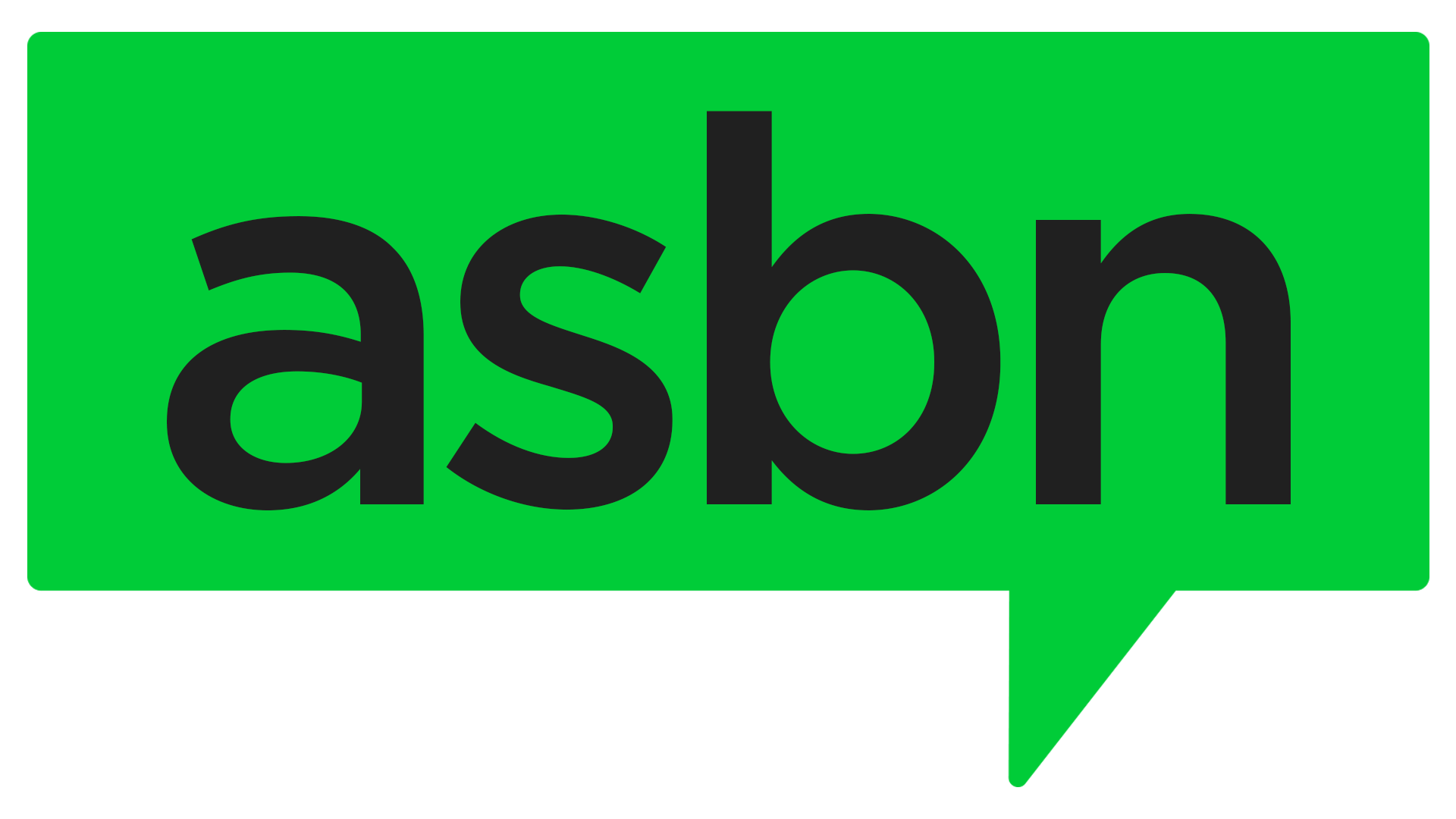Medical professionals keep detailed charts on their patients, tracking everything from conditions and allergies to medications. These records ensure every team member stays aligned and up to date, safeguarding patient care. On today’s episode of The Small Business Show, Easton University founder Matt Easton explains how medical professionals have unintentionally cracked the code to sales and how adopting their charting techniques can help close more deals.
When Easton was hospitalized in 2009, he noticed how doctors and nurses interacted with dozens of patients daily. They kept meticulous notes, knowing that a single mistake, such as administering the wrong medication, could be fatal. He realized the system they followed for personalized interactions could translate directly to sales.
What is a customer chart?
Like healthcare professionals, the most effective salespeople have skillful, personalized conversations with customers. The difference is that salespeople often fail to take notes. Over time, details fade, conversations blur, and juggling multiple clients can lead to confusion. Missing these opportunities makes it harder to build rapport and personalize the customer experience.
"If you don't have this information, you will forget it. You will not be confident. You will mix them up with somebody else and you'll sound like every other salesperson."
Easton recommends creating a “customer chart” in the CRM. These notes highlight the details of a customer’s questions and needs, making follow-ups more effective and allowing salespeople to add a personal touch.
How to build a customer chart
To create a customer chart, Easton recommends salespeople focus on a few key areas:
- Understand what the customer is looking for: Start with an open-ended question, such as, “What can I get you information on?” This allows customers to explain their needs in their own words.
- Uncover the customer’s “why”: Next, ask, “What’s your biggest reason for [insert]?” To soften the question, preface it with “just out of curiosity.” This approach makes the inquiry feel natural, helping customers open up about priorities, deadlines or special circumstances.
- Ask for specific examples: Gather concrete examples to better understand the customer’s needs and expectations. The more detail collected, the easier it is to meet those expectations.
- Understand the customer’s current and desired state: Follow up with, “Where are you at?” or “Where would you like to be?” This helps clarify goals and gaps, guiding future recommendations.
Why a customer chart works
Before presenting a product or deal, it’s crucial to understand the customer. Asking thoughtful questions builds trust, establishes rapport and makes closing the deal easier. When making a recommendation, tie the product directly to the concerns the customer expressed.
For example, a customer is interested in a larger vehicle. The salesperson uncovers that the customer’s children participate in several extracurricular activities, and there’s not enough space to store their things. The salesperson finds a full-size SUV with plenty of storage space and presents the product to the customer. They say, “We have a full-size Ford Expedition, and it’s the only one available on the lot. Does it make sense to get you locked in on this vehicle so you can have enough space to get the kids’ equipment in the car and travel comfortably for their tournaments this season?”
Easton says that the formula is simple: uncover their needs, find the right product, and demonstrate how it meets those needs.
Close more deals through personalized connections
Customers often complain that salespeople don’t listen, which amplifies mistrust. Taking notes ensures conversations feel personalized, making customers feel heard and valued. Easton urges salespeople to avoid over-reliance on digital tools and to value genuine conversations. After all, it’s the human connection that drives sales and closes deals.


 ASBN, from startup to success, we are your go-to resource for small business news, expert advice, information, and event coverage.
ASBN, from startup to success, we are your go-to resource for small business news, expert advice, information, and event coverage.